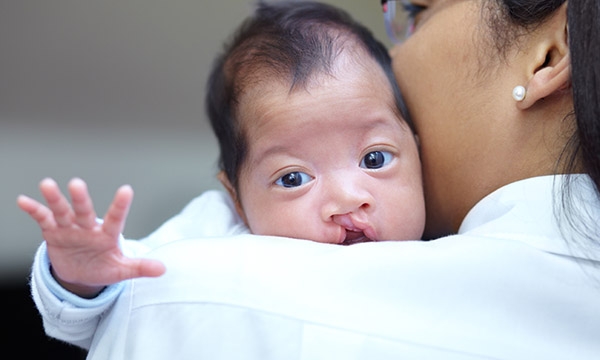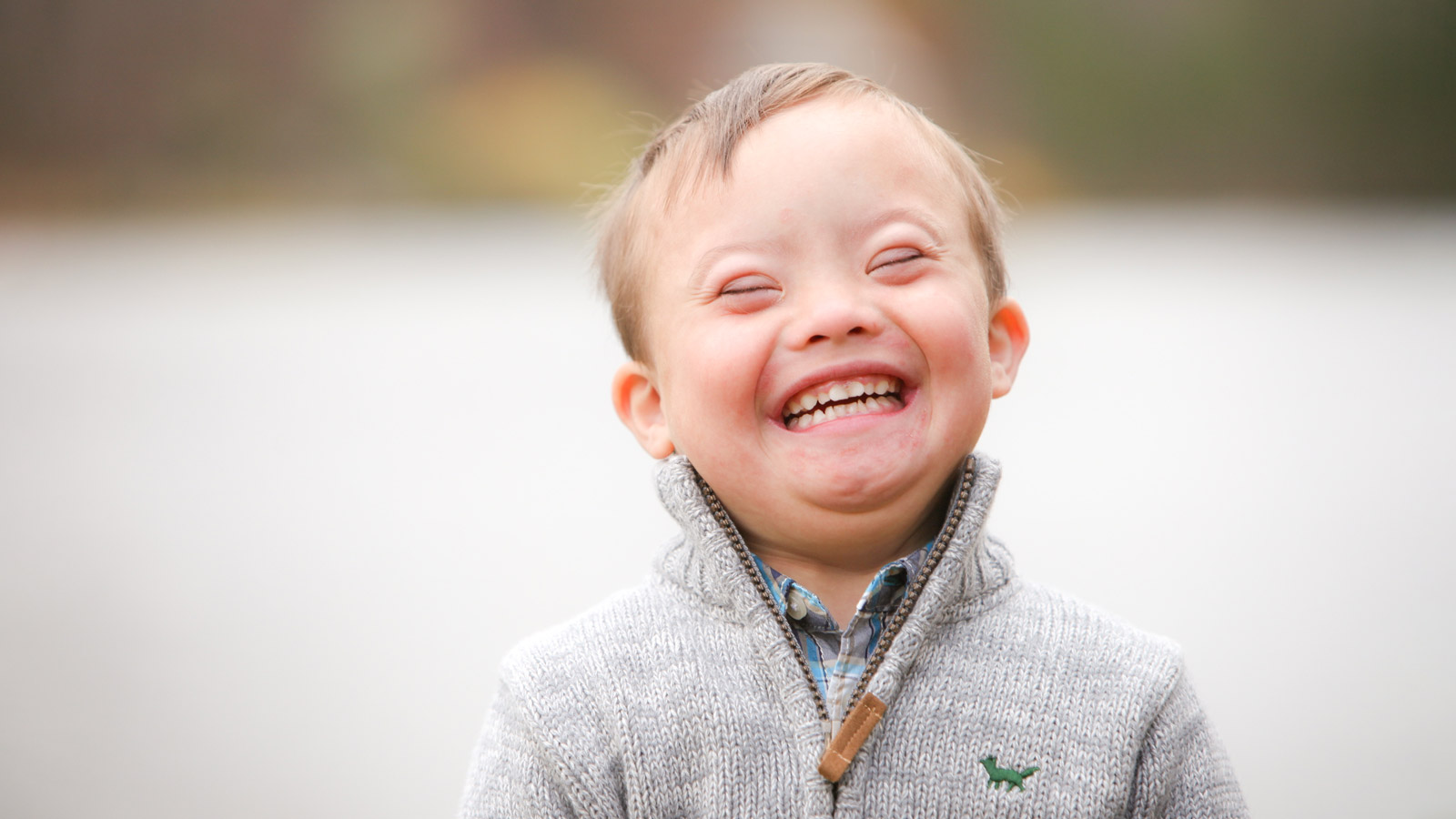Developmental coordination disorder (DCD), also known as dyspraxia, is a condition that affects the ability to plan, execute, and coordinate physical movements. It is estimated that 5-6% of children are affected by DCD, with boys being more likely to develop the condition than girls. While DCD is not a life-threatening condition, it can have a significant impact on a child’s quality of life, both physically and emotionally.
Symptoms of DCD can vary widely from person to person, but typically include difficulty with gross and fine motor skills. Gross motor skills involve the use of large muscles, such as those used in running, jumping, and throwing, while fine motor skills involve smaller movements, such as those used in writing, drawing, and using scissors. Children with DCD may have trouble with activities such as dressing themselves, riding a bike, or playing sports, and may also struggle with handwriting or using utensils.
In addition to these physical symptoms, DCD can also lead to emotional and behavioral difficulties. Children with DCD may experience low self-esteem, frustration, and anxiety as a result of their challenges with physical activities. They may also avoid participating in sports or other activities that they find difficult, leading to social isolation and a lack of opportunities for physical activity.
The exact causes of DCD are not yet fully understood, but it is believed to be a neurological condition that affects the way the brain processes information related to physical movements. It may also be influenced by genetic and environmental factors, such as prenatal or early childhood exposure to toxins or other environmental stressors.
Diagnosing DCD can be challenging, as it is a complex condition that can be difficult to differentiate from other conditions that affect motor skills, such as attention deficit hyperactivity disorder (ADHD) or autism spectrum disorder (ASD). Diagnosis typically involves a comprehensive assessment of a child’s motor skills, as well as their emotional and behavioral functioning.
Treatment for DCD typically involves a combination of physical therapy, occupational therapy, and behavioral therapy. Physical therapy can help to improve a child’s strength, coordination, and balance, while occupational therapy can focus on improving fine motor skills such as handwriting and using utensils. Behavioral therapy can help children to develop coping strategies for managing their emotional and behavioral challenges.
It is important to note that while DCD can be challenging, it is not a barrier to success or achievement. Many successful athletes, artists, and other professionals have been diagnosed with DCD, and with the right support and accommodations, children with DCD can thrive and reach their full potential. This may include modifications to the classroom environment, such as providing extra time for assignments or allowing the use of assistive technology, as well as finding alternative forms of physical activity that are more suited to the child’s abilities and interests.
So, it is evident that developmental coordination disorder is a complex condition that can have a significant impact on a child’s physical, emotional, and behavioral functioning. However, with early diagnosis and appropriate support, children with DCD can overcome their challenges and thrive in all areas of life. Parents, educators, and healthcare professionals play an important role in identifying and addressing the needs of children with DCD, and with the right support, these children can reach their full potential and achieve success in their personal and professional lives.






